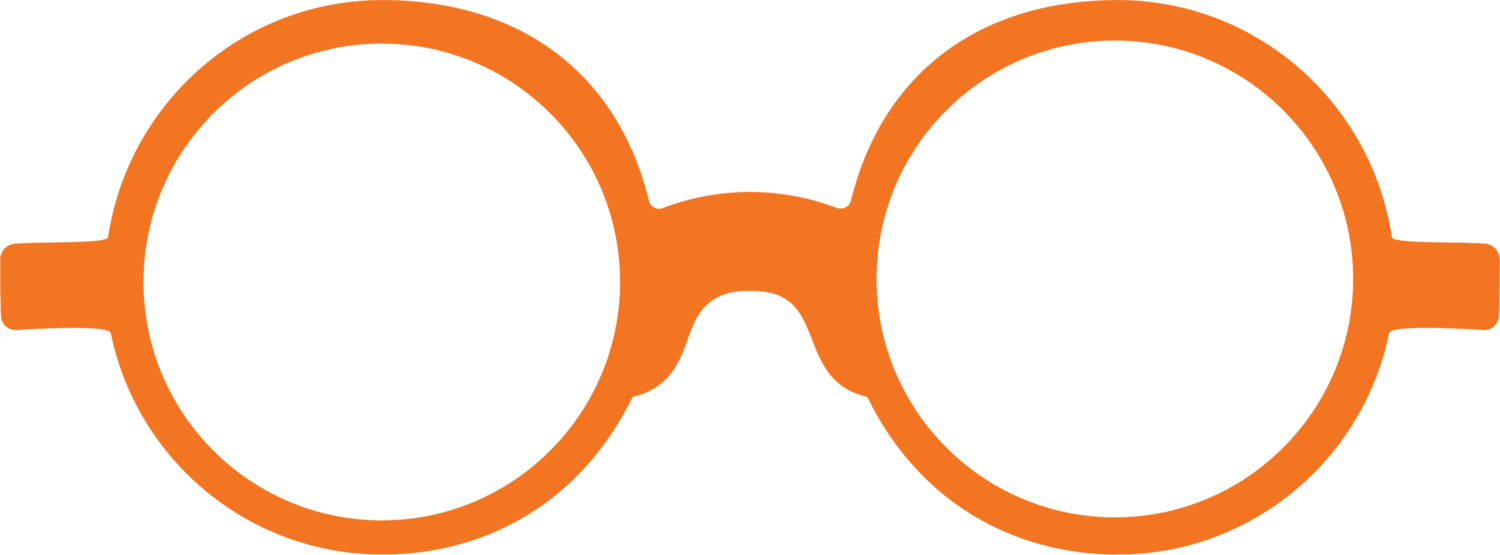Why Myopia Control Matters for Your Child’s Eye Health
Myopia, also known as nearsightedness, is a common vision condition affecting millions of children worldwide. Children with myopia see distant objects as blurry, while close objects remain clear. This vision issue can impact various aspects of a child's life, including school performance and daily activities.
The good news is that myopia can be effectively managed. Myopia management is a proactive approach designed to slow down or even stop the progression of myopia in children. By addressing this issue early with expert solutions, you can help protect your child's vision and overall eye health as they grow.
Exploring myopia control options isn't just a decision—it's an essential step in maintaining your child's visual health and well-being.
Understanding Childhood Myopia and Its Impact
Myopia often develops during childhood and, if left unchecked, can worsen over time, leading to severe nearsightedness. As myopia progresses, it increases the risk of serious eye health conditions such as glaucoma, cataracts, and retinal detachment later in life. That's why early myopia control is so important.
Common Symptoms of Myopia in Children
Parents should be aware of common signs of myopia in children, including:
Frequent squinting
Complaints of headaches or eye strain
Difficulty seeing the whiteboard at school
Sitting very close to the TV or digital devices
If you notice any of these symptoms, schedule an eye exam for your child to determine their level of myopia and explore appropriate myopia management strategies.
Why Early Myopia Management is Critical
Early intervention is key to effective myopia control. Detecting myopia in children early and taking steps to slow its progression can significantly reduce the risk of developing high myopia. High myopia is often associated with an increased chance of serious vision problems in adulthood, making early myopia management essential.
What Causes Myopia? Understanding Risk Factors in Children
Understanding the causes and risk factors behind myopia can help you manage your child’s eye health more effectively. Several factors contribute to the development of childhood myopia, influencing both their vision and long-term health.
Family History of Myopia
If myopia runs in your family, your child is at a higher risk of developing the condition. Regular eye exams and early myopia management are crucial for these children.
Excessive Screen Time and Myopia
Prolonged screen time and reading without breaks can strain your child’s eyes and increase the chances of myopia development. Limiting screen time and encouraging outdoor activities can play a significant role in preventing myopia progression.
Lack of Outdoor Time
Children who don’t spend enough time outdoors are at greater risk of developing myopia. Natural light and outdoor activities help protect against the onset and progression of myopia.
Rapid Myopia Progression During Childhood
Myopia often worsens rapidly in children, especially during growth spurts. Early myopia management is critical to slowing this progression and helping preserve your child’s clear vision for the future.
Take Action Today for Your Child’s Vision Health
If you’re concerned about your child's vision or have noticed any symptoms of myopia, contact Corner Optical in Glenview, IL. Our expert team specializes in myopia management and is dedicated to helping your child maintain clear vision and long-term eye health. Schedule an appointment today and take the first step toward protecting your child’s eyes!



